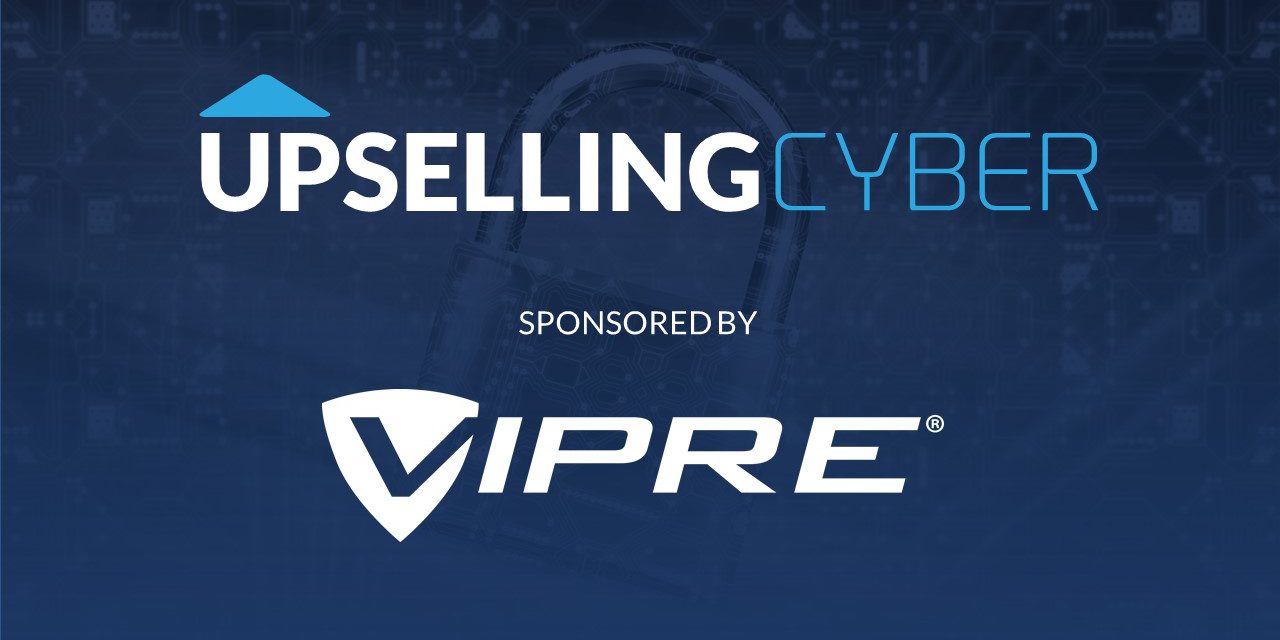Start Each Year With A New Stack Assessment
Beginning a new calendar year often feels like a “fresh start.” I don’t have to explain to you why this is important in a year like 2021, but I will recommend that you direct some of your newfound energy toward re-evaluating your security stack and do so in a holistic fashion.
One of the growing challenges of being an MSP is that there are an incredible amount of technology and security solutions out there for you to choose from. If you allow yourself to build out your stack on a customer by customer basis (ad-hoc), then you will find yourself with a set of solutions that you may never have intended on providing.
My MSP learned this the hard way as we seemed to inherit non-standardized solutions gradually without even realizing, eventually leading to a bloated cost of goods, overlapping products, and environments that were not universally understood among our team. Eventually we realized that we needed to take back control of our customer environments and redeploy our technology stack with purpose and intent, vowing to do so on an annual basis.
Remind Yourself What Needs To Be Protected
The first part of this evaluation process is to take a minute to put into perspective what it is you are protecting. Put aside your complex security training for a minute and try to see your solutions through a more simplified lens. This starts with your customers and the technology that they use every day. Yes, you will have exceptions, but the average MSP supporting small to medium sized businesses will be looking to protect: networks, email accounts, endpoints, mobile devices, SaaS accounts, data, websites, etc.
Putting this into such simple terms will be helpful for you to map out a new solution and streamline your security partnerships across the board. For example, a solution such as Advanced Threat Protection can be added as one layer of security to several items on that list, whereas other solutions may only be isolated to one particular vector. Working through each of these layers across your list of protections will not only help you balance your own stack better, but will also help you better communicate it to your customers as well.

VIPRE keeps businesses safe with a portfolio of protection including endpoint, email, network, user & data protection. Free Trial.
Redefine Your Comfort Threshold For Security
Once you have a firm understanding of the scope required to secure your customers, I would recommend taking a long look at your team to find out if you are truly capable of supporting the stack that you are designing. The last thing you want to do is deploy technology that no one else understands, creating even more bottlenecks and knowledge gaps within your organization.
If you feel as though your team needs to improve its product and/or cybersecurity posture, then consider connecting with freelance experts and outsourced advisors that can be used to fill those knowledge gaps while your team is in training. It is better to proactively admit your deficiencies and address them, then to discover them as you are reacting to threats in real-time.
Evaluate Partners For Product, Enablement, and Support
After you have taken a hard look at your own capabilities then begin to evaluate your short-list of partner vendors the same way. The most important part of any MSP-vendor relationship is the product itself. No matter the pricing, perks, or other benefits that come with a partnership, sub-par technology will only hinder your growth and cause unnecessary issues along the way.
Second to the product, be sure to check the remaining boxes to find the partner that has the most to offer in the way of enablement and support. Will they assign a dedicated account rep? Do they offer sales and product support? Can you deploy trial environments? Do they pay out market development funds? Do they sell direct? These are just a few of the many questions that you should seek answers to as you compare products and choose the partners you align with.

VIPRE keeps businesses safe with a portfolio of protection including endpoint, email, network, user & data protection. Free Trial.
Streamline Partnerships To Minimize Overlap
As you narrow down your choices, dig into the partner’s offerings and make a comprehensive list of each product within their suite, then check against other vendors that you are considering (or are already partnered with). Many cybersecurity companies are trying to grow market share and to do so, they are adding adjacent products via acquisition or development. In some cases, these licenses are bundled, which means you may be paying two different partners simultaneously for the same features (whether you use them or not).
It has always been my philosophy that the fewer vendors I need to pay each month the better. Consolidating not only gives you buying power but it also creates fewer relationships to manage. The downside of consolidation however is that you may be more susceptible to price increases over time. This is why you should negotiate your rates with each renewal rather than blindly accepting whatever increase your partner may ask for.
Watch as Author Kevin Clune and VIPRE’s Jason Norton go “beyond the blog” to discuss the importance of streamlining your technology stack each year.

SPONSORED BY ZEST
















